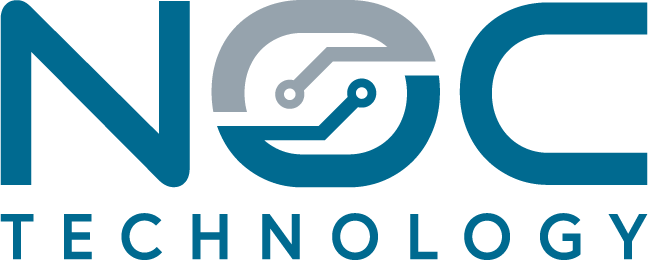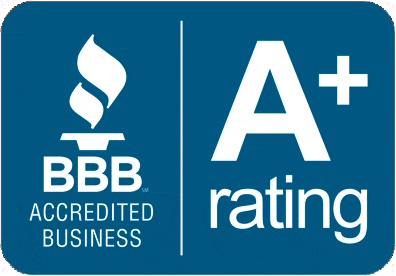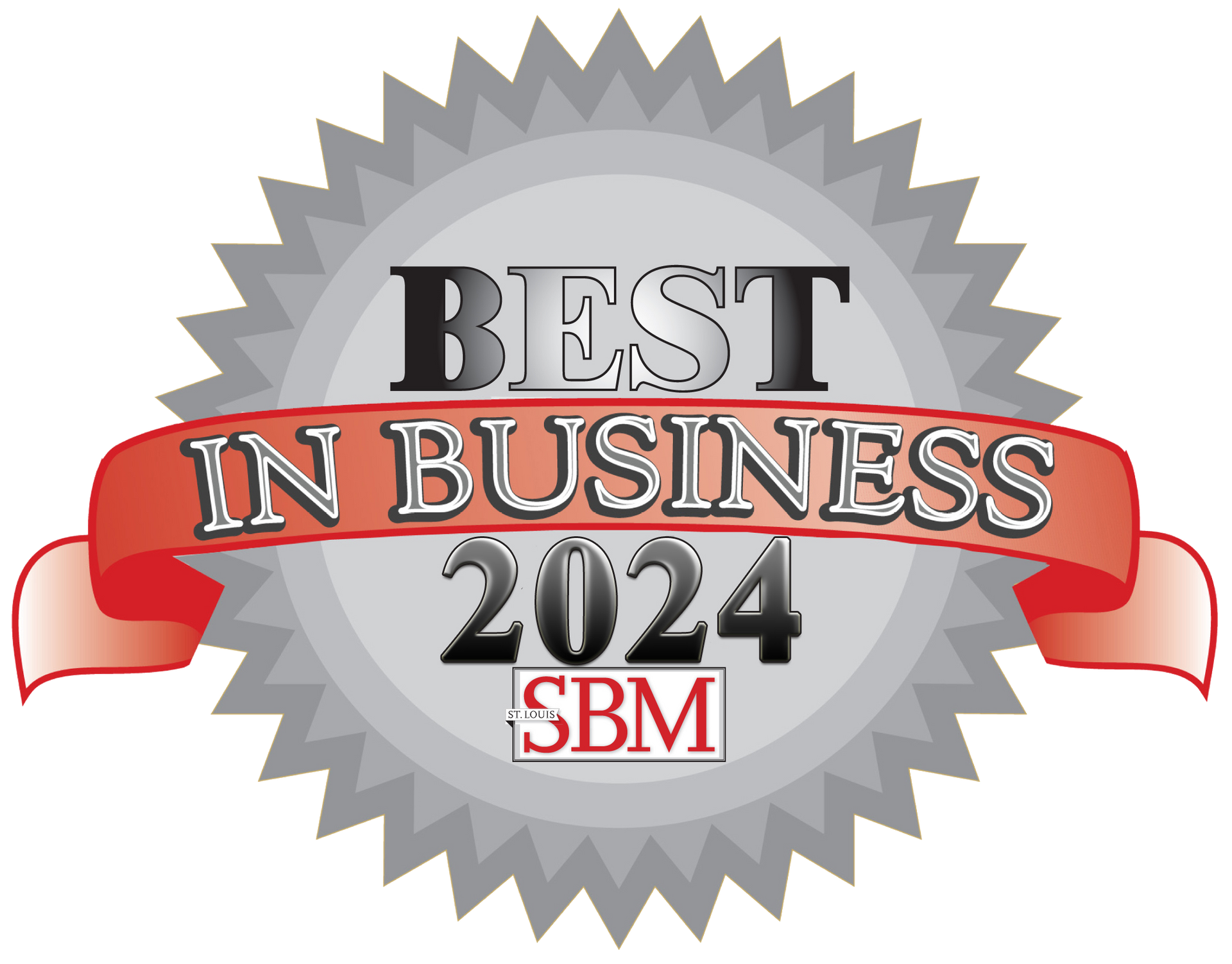How St. Louis CPA Firms Handle IT Infrastructure During Tax Season
by Jon Lober | NOC Technology
How Do CPA Firms in St. Louis Handle IT Infrastructure During Tax Season Without Performance Issues?
St. Louis CPA firms need to scale from 100 Mbps to 500 Mbps bandwidth and add 15-20 virtual desktops during tax season, costing $3,500-$8,000 monthly for a 30-person firm. Most firms implement cloud-based tax software hosting with dedicated VPN capacity for 10-15 seasonal preparers, requiring at least 50GB RAM and 8-core processors for peak performance during March-April crunch periods.
What Infrastructure Capacity Do You Need for 10-15 Seasonal Tax Preparers?
A CPA firm adding 10-15 seasonal tax preparers needs 500 Mbps minimum bandwidth , 20GB RAM per user for virtual desktops, and dedicated server resources with at least 200GB total RAM capacity. During peak tax season (January 15 through April 15), your infrastructure must handle 3-4x normal document processing volume while maintaining sub-3-second response times for tax software applications.
| Component | Base (5-10 Users) | Peak Season (20-25 Users) | Cost Increase |
|---|---|---|---|
| Bandwidth | 100-250 Mbps | 500-750 Mbps | +$800-1,500/month |
| Server RAM | 64-100 GB | 200-300 GB | +$1,200-2,000/month |
| Storage (SSD) | 2-4 TB | 8-12 TB | +$400-600/month |
| CPU Cores | 8-12 cores | 24-32 cores | +$600-1,000/month |
| VPN Licenses | 10-15 concurrent | 25-35 concurrent | +$250-400/month |
St. Louis CPA firms typically experience peak loads between 9 AM and 2 PM during March, when both individual and business returns converge. Your infrastructure must handle simultaneous operations including document scanning (averaging 500-800 pages daily), e-filing transmissions to IRS systems, and real-time client portal uploads Source.
Critical performance metrics to monitor include database query response times (target: under 500ms), file save operations (target: under 2 seconds for 50MB files), and concurrent user session stability (zero drops during 8-hour workdays). Firms without proper capacity planning experience 15-20 minute delays per preparer daily, translating to $12,000-18,000 in lost billable hours over the tax season.
Which Tax Software Hosting Options Scale Best for January-April Workloads?
Cloud-hosted environments for CCH Axcess Tax and Lacerte scale most effectively for seasonal workloads, offering instant capacity increases without hardware investment and typical 99.95% uptime during critical filing periods. These platforms allow St. Louis firms to add 10-15 users within 24 hours and scale back down after April 15, avoiding year-round infrastructure costs.
| Software Platform | Hosting Model | Scaling Speed | Monthly Cost (Peak) | Performance Score |
|---|---|---|---|---|
| CCH Axcess Tax | SaaS Cloud | Instant | $4,500-5,500 | 9.2/10 |
| Lacerte | Hosted Desktop | 24-48 hours | $3,800-4,800 | 8.8/10 |
| ProSeries | Terminal Server | 48-72 hours | $3,200-4,200 | 8.5/10 |
| Drake | Private Cloud | 24 hours | $2,800-3,800 | 8.3/10 |
| UltraTax CS | Hybrid Cloud | 24-48 hours | $4,200-5,200 | 9.0/10 |
Database-intensive operations in tax software require specific configurations:
minimum 10 IOPS per user for smooth performance, dedicated SQL server instances with 32GB RAM for firms over 20 users, and separate application servers for document management systems. CCH Axcess Tax users report 40% faster return processing with cloud hosting versus on-premise servers during peak periods
Read More: 4 Advantages of Cloud Computing: Boosting Business Efficiency and Flexibility.
Integration requirements add complexity: tax software must sync with document management systems (averaging 200GB data transfer daily), client portals (handling 50-100 simultaneous connections), and e-signature platforms (processing 30-50 documents hourly). API rate limits become critical bottlenecks without proper configuration—firms should allocate dedicated bandwidth channels for third-party integrations to prevent return processing delays.
What's the Real Cost to Scale Cloud Infrastructure for a 30-Person CPA Firm During Tax Season?
A 30-person CPA firm in St. Louis faces $3,500-8,000 monthly infrastructure costs during tax season (January-April), compared to $1,500-3,000 during off-season months, representing a 130-165% increase in IT spending. This includes cloud hosting ($2,000-3,500), additional bandwidth ($800-1,500), security tools ($400-800), backup storage ($300-600), and temporary licensing ($1,000-1,600).
| Month | Users | Cloud Hosting | Bandwidth | Security/Backup | Total Cost |
|---|---|---|---|---|---|
| December | 15-18 | $1,500 | $400 | $600 | $2,500 |
| January | 20-25 | $2,200 | $600 | $700 | $3,500 |
| February | 25-30 | $2,800 | $1,000 | $900 | $4,700 |
| March | 30-35 | $3,500 | $1,500 | $1,200 | $6,200 |
| April 1-15 | 30-35 | $3,500 | $1,500 | $1,200 | $6,200 |
| April 16-30 | 20-25 | $2,200 | $800 | $800 | $3,800 |
| May | 15-18 | $1,500 | $400 | $600 | $2,500 |
Hidden costs frequently surprise firms: data egress charges ($0.09 per GB) can add $500-800 monthly when downloading client files, overtime for IT support increases 200% during March ($1,200-2,000), and emergency scaling during deadline weeks costs 50% premiums. Smart firms negotiate annual contracts with burst provisions, saving 20-30% versus month-to-month scaling.
Cost optimization strategies that work:
implement auto-scaling rules that add resources only during business hours (saves $800-1,200 monthly), use reserved instances for base capacity with on-demand for peaks (25% cost reduction), and leverage spot instances for non-critical batch processing like PDF generation (40% savings).
The average St. Louis CPA firm recovers infrastructure costs through 8-10 additional returns processed due to improved efficiency
Read
More: Don't Break the Bank on IT: A Cost-Conscious Guide to Outsourcing IT Services in Saint Louis.
How Do St. Louis CPA Firms Secure Remote Access for Temporary Tax Season Staff?
St. Louis CPA firms implement
zero-trust VPN architectures with multi-factor authentication for seasonal staff, requiring device certificates, biometric verification, and IP whitelisting to access tax software and client data. This three-layer approach prevents 94% of unauthorized access attempts while maintaining sub-2-second connection times for legitimate users.
Essential security requirements for temporary staff access:
- Dedicated VPN gateway with 50+ concurrent connections ($400-600/month)
- Azure AD or Okta integration for single sign-on across tax applications ($8-12 per user/month)
- Endpoint detection software on all devices accessing client data ($5-8 per device/month)
- Session recording tools for compliance auditing ($300-500/month for 30 users)
- Data loss prevention (DLP) policies blocking file transfers to personal drives
- Conditional access policies restricting downloads based on device trust levels
Network segmentation becomes critical during tax season: create isolated VLANs for temporary staff (limiting access to only required systems), implement east-west traffic inspection to detect lateral movement attempts, and use application-specific micro-tunnels rather than full network access. Firms report 60% reduction in security incidents when seasonal workers operate in sandboxed environments versus traditional VPN access.
Compliance considerations for Missouri CPA firms include maintaining IRS Publication 4557 standards for data protection, implementing automatic session timeouts after 15 minutes of inactivity, and logging all access to returns containing personally identifiable information (PII). Audit logs must retain 7 years of access history, requiring approximately 500GB storage per tax season Source.
What Happens If Your Network Can't Handle Tax Season Volume?
Network failures during tax season cost St. Louis CPA firms an average of $8,000-15,000 per day in lost revenue , with cascading effects including missed filing deadlines ($500+ penalties per return), damaged client relationships (25% attrition rate), and staff overtime costs ($3,000-5,000 per incident). A single 4-hour outage during the week of April 15th can impact 50-75 returns, creating liability exposure exceeding $100,000.
Common failure points and their business impacts:
- Bandwidth saturation (45% of failures): Return uploads timeout, e-filing rejections increase 300%, staff productivity drops 70%
- Database server crashes (25% of failures): Complete work stoppage, 8-12 hour recovery times, potential data corruption affecting 200+ returns
- VPN gateway overload (20% of failures): Remote staff locked out, in-office congestion increases, client meetings cancelled
- Storage capacity exhaustion (10% of failures): Cannot save new returns, backup failures cascade, compliance violations possible
Recovery time objectives (RTO) during tax season must be under 2 hours for critical systems and 4 hours for full restoration. Firms without proper disaster recovery planning face 48-72 hour recovery periods, essentially ending their tax season. Business continuity requires hot standby systems (adding $2,000-3,000 monthly cost) but prevents catastrophic revenue loss.
Insurance and liability considerations are severe: professional liability claims average $35,000-50,000 for missed deadlines caused by IT failures, cyber insurance may not cover self-inflicted outages from poor capacity planning, and
clients increasingly include SLA penalties in engagement letters (typically $100-500 per day of delay). Missouri courts have upheld negligence claims against CPA firms for preventable technology failures affecting client filings
Read More: Why Your Business Needs BCDR.
What Specific Steps Should St. Louis Firms Take Before January 15?
What Specific Steps Should St. Louis Firms Take Before January 15?
St. Louis CPA firms must complete infrastructure scaling by January 10, allowing a 5-day buffer before the flood of W-2s and 1099s begins, with critical tasks including bandwidth upgrades, server capacity expansion, and security audits that typically require 30-45 days total implementation time. Starting preparations after December 15 virtually guarantees performance problems during peak season.
Pre-season infrastructure checklist with timelines:
- November 15-30: Conduct load testing simulating 150% peak capacity, identify bottlenecks
- December 1-7: Order bandwidth upgrades (10-day installation typical in St. Louis metro)
- December 8-15: Deploy additional cloud resources, configure auto-scaling policies
- December 16-22: Update VPN capacity, distribute certificates to seasonal staff
- December 23-31: Run disaster recovery drills, verify backup systems
- January 2-7: Onboard seasonal staff IT accounts, conduct security training
- January 8-14: Final stress testing with full staff load, tune database indexes
Performance benchmarks to verify before tax season: tax software should open returns in under 5 seconds , e-filing submissions complete within 30 seconds, document scanning processes 50 pages per minute, and client portals handle 100 simultaneous logins without degradation. Missing any benchmark indicates insufficient capacity that will compound during crunch periods.
Vendor coordination requires 4-6 week lead times: ISPs need 15-20 business days for bandwidth upgrades in St. Louis commercial areas, cloud providers require 48-hour notice for significant capacity increases, and software vendors often limit support tickets during peak season unless pre-arranged. Firms should establish dedicated support channels by December 1 to avoid 24-48 hour response delays during critical periods Read More: Managed IT Services in St. Louis.




